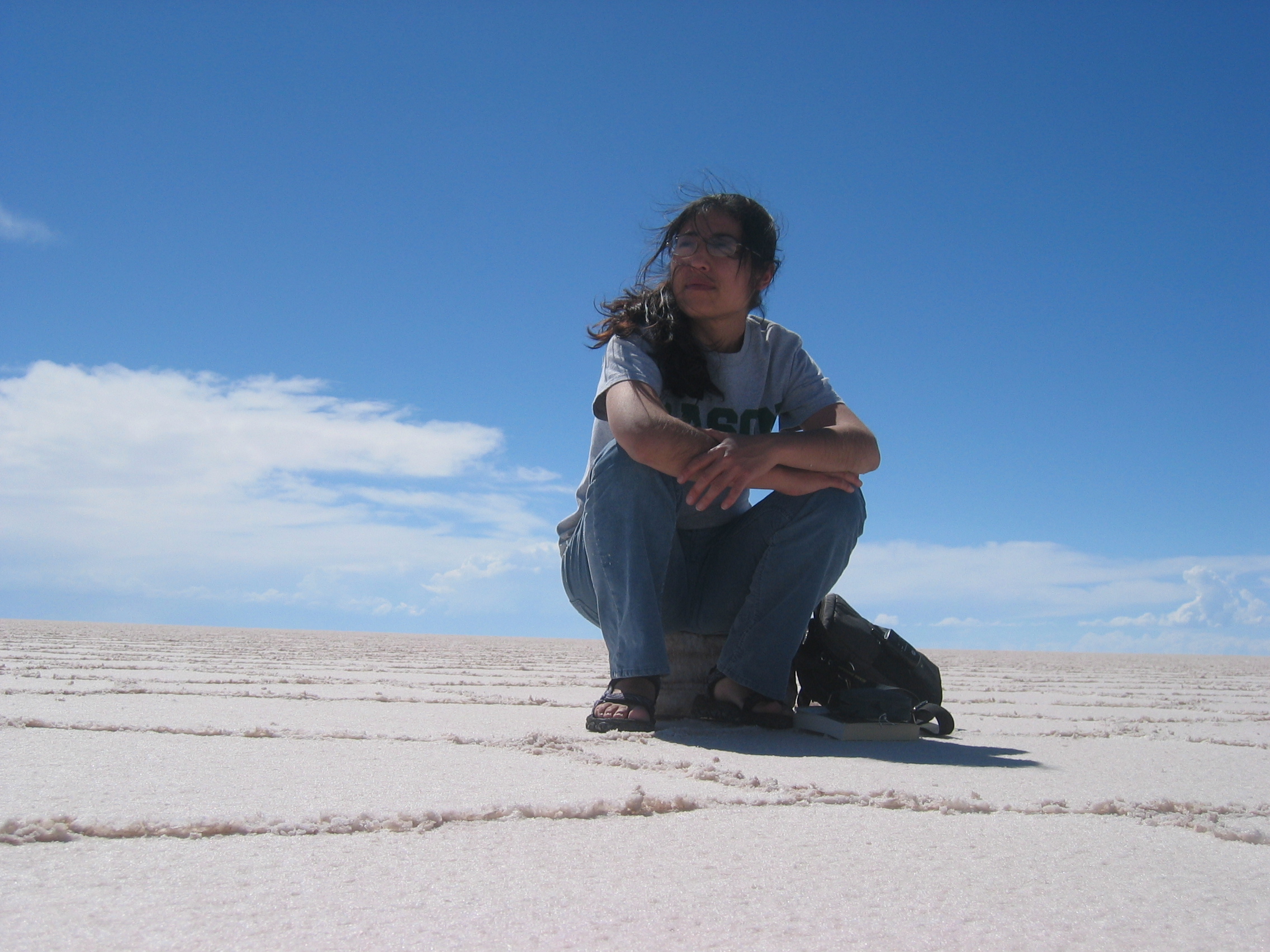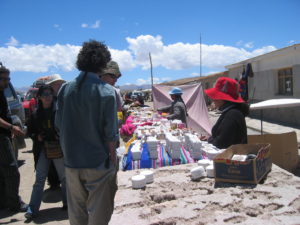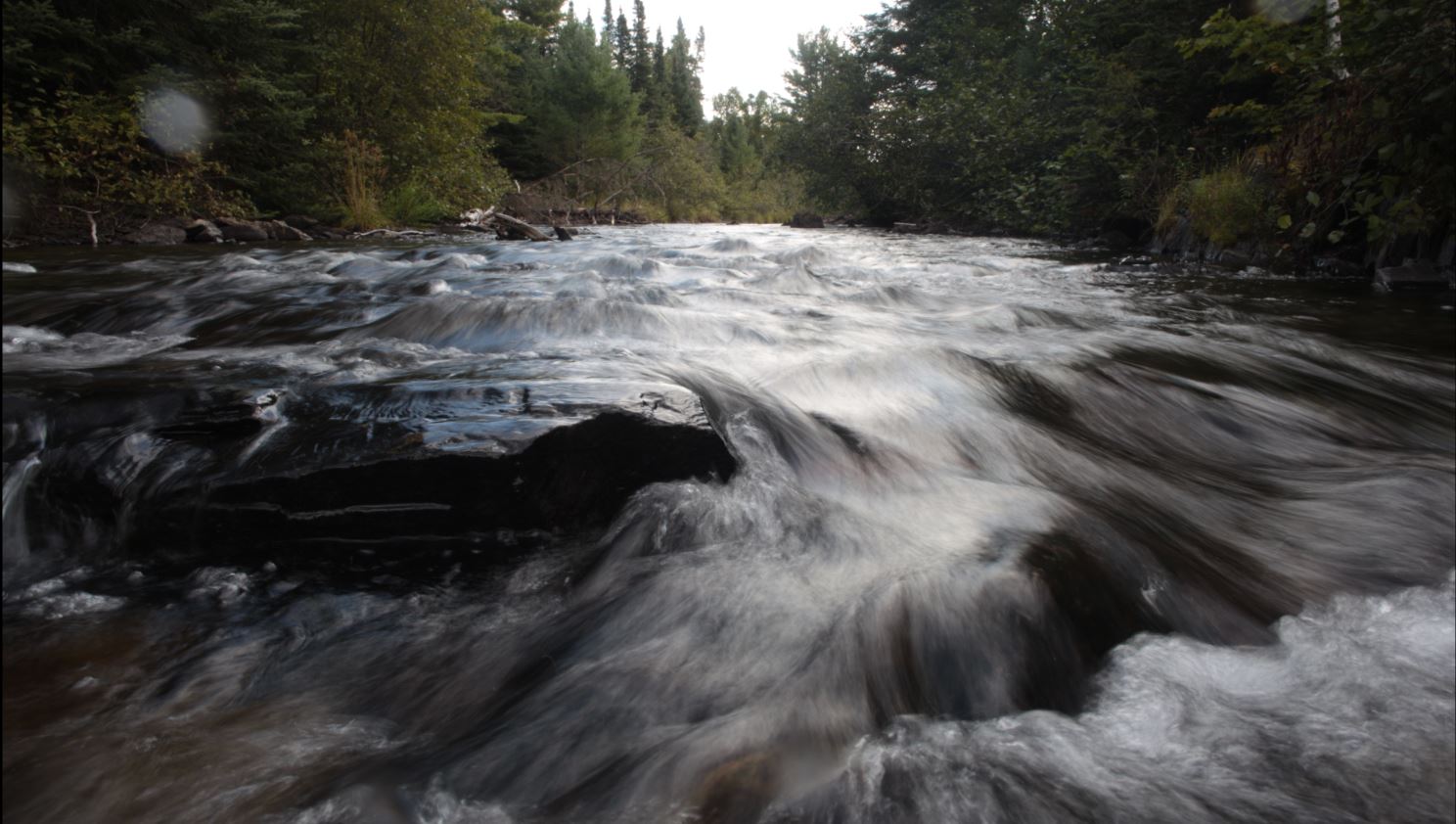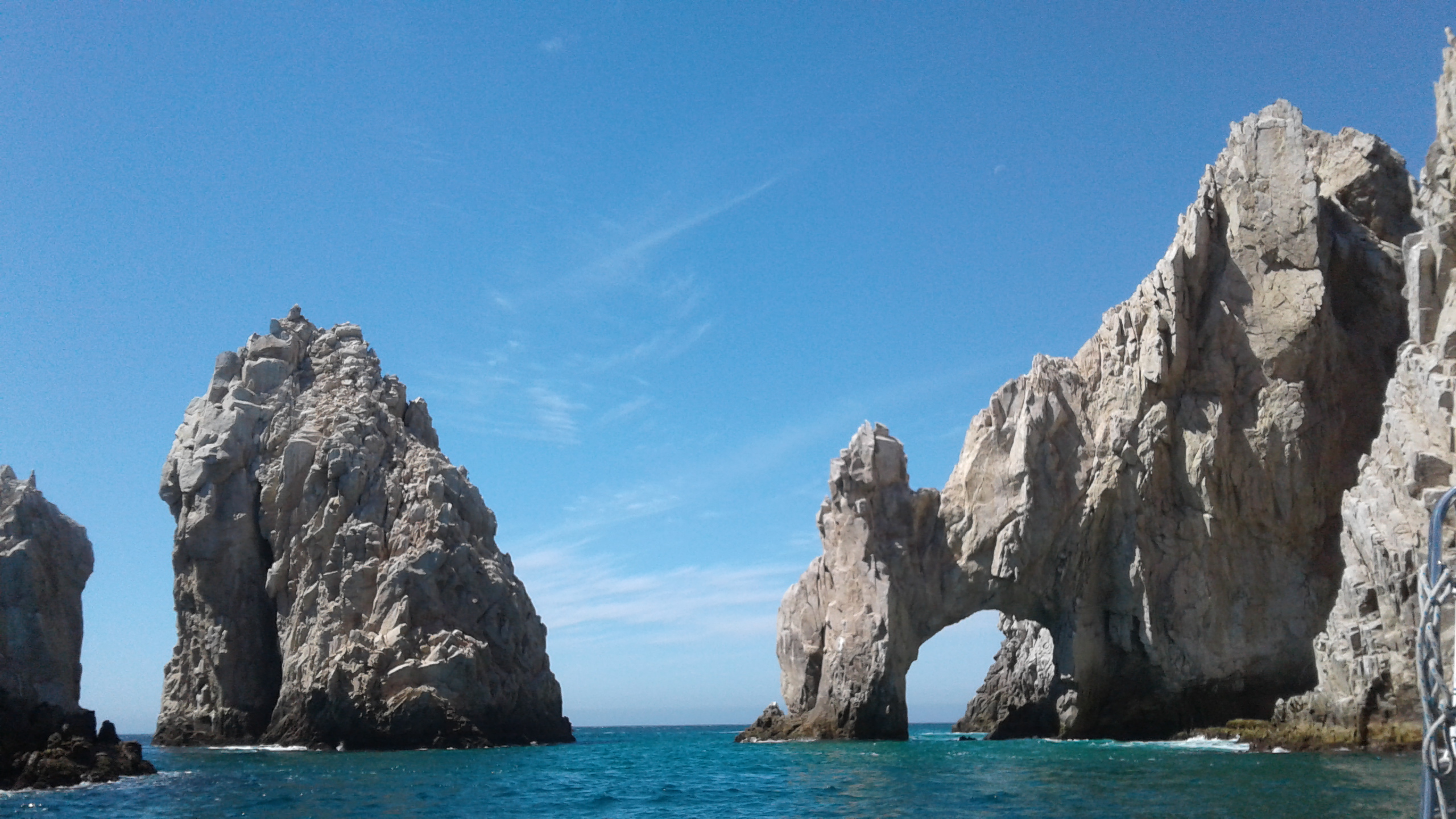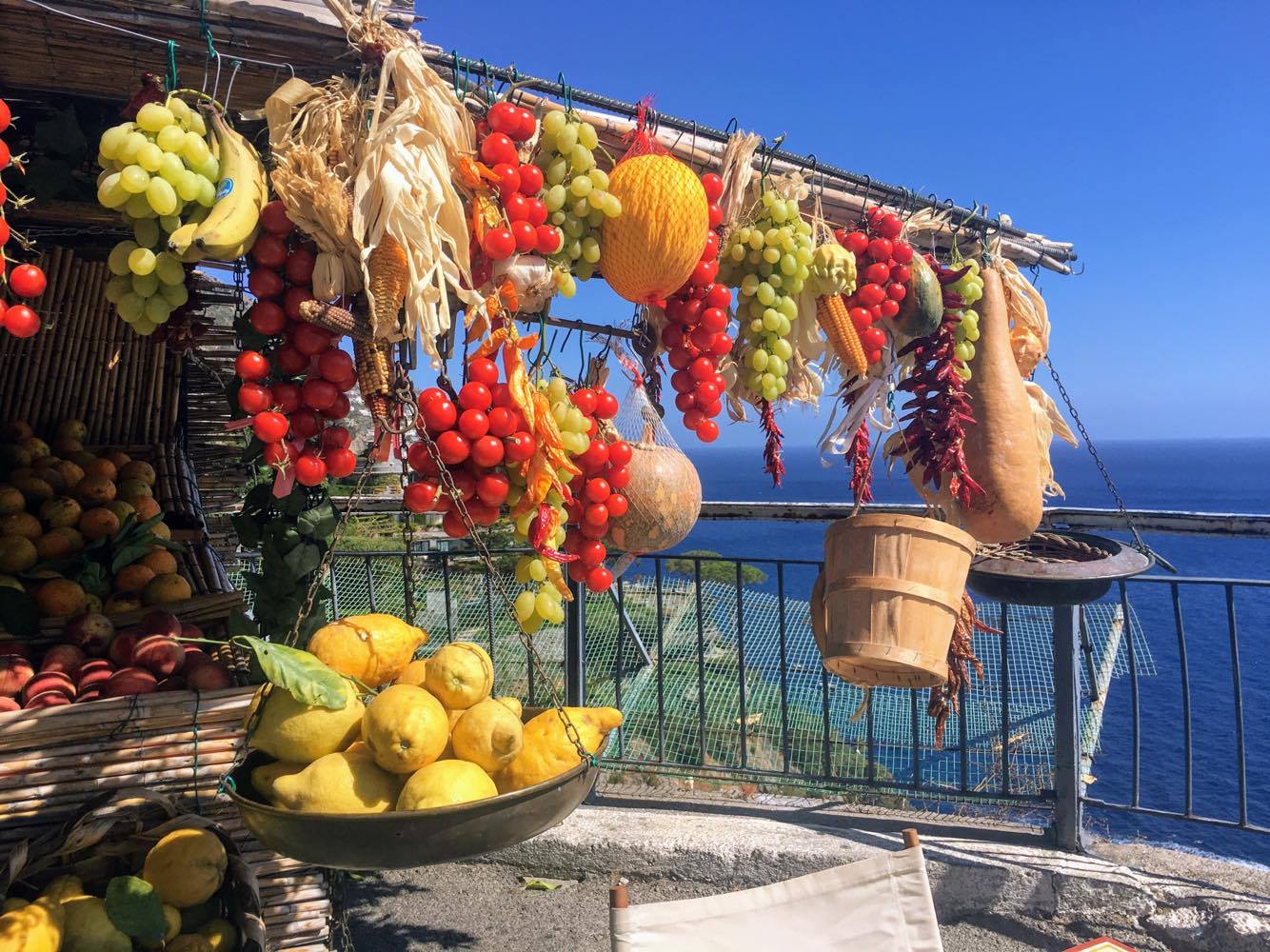
See Europe Like a Local
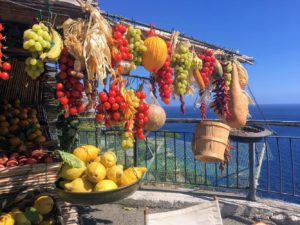
Planning a trip across the Atlantic may conjure up images of long museum lines and over-priced souvenirs, but a trip to Europe can be less hassle and more bliss than you think. After a recent three-month trek across eighteen European countries, I came back with a long list of tips. But instead of the typical dos and don’ts list, my best advice is to go local. Going local is more than curating your travel wear so you don’t stick out, it’s an approach. While you won’t have the luxury of time that a true local had in making the city their own, diving right in will help you feel in tune with the rhythm around you. Here are a few quirky enrumbo tips in adjusting your travel approach.
Tune yourself
Start tuning as soon as you arrive. Pay attention to the natural world around you, even if all you find are three potted flowers or fallen leaves. Whether its fifteen minutes or a two-hour stroll exploring the nature around you can help you feel grounded. Be creative in your tuning. If it’s not a stroll, try yoga or trail running or a visit to a botanical garden. Do a meet and greet with the new terrain and foliage around you.
Find your coordinates
Study a city map with a different approach. Scan of the city on a map (online or offline) and scroll through the lists of museums and popular attractions. Picture yourself rushing from tourist spot to tourist spot. Next ditch that plan and commit to adventures in bliss and not rushing from one tourist attraction to another. Do visit places you would regret not visiting, but let go of the nagging feeling that you need to see it all. In Paris, I spent an afternoon at a park with a friend I met on a bus. We sat on a hilltop with snacks sprawled on the grass. Sometimes doing less brings more joy. If it’s a city I love, I know I’ll return.
Move like a local
Get friendly with the public transportation system. Buy a metro pass with the greatest benefits that fits with your stay, this will save you time and money. Look up the city and intercity bus systems, your ticket to seeing more for less. Some companies let you purchase tickets on their mobile app and offer route options when planning on the go. If you can get there within the day, intercity buses save time and money and leave you in the city center. Flights require long drives to the airport, going through check-in and security and then long drives from the destination airport. For the times you don’t want to risk being on a smelly bus, look for shared ride options online.
Engage with the city like a local
Let the city find you. Instead of cramming in souvenirs in your suitcase, pack lightly and scout out grocery stores and farmers markets. In Brussels, I searched for the express grocery store near the Grand Place and picked up water, chocolate, and ingredients for a baguette on the go. You’ll find couples, students, families, solo travelers sitting around the Grand Place enjoying impromptu curbside picnics. Even if you plan on staying in a city for a brief stay, a visit to a grocery store will save you time and money. You may find better souvenirs at grocery stores, a bar of Belgian chocolate or a bag of gummy bears.
I’ll share other tips for enrumbo traveling, In the meantime, do you have any quirky tips for traveling like a local? Any questions? Please share in the comments below. You can follow my Instagram at monicalorenaflores and my enrumbo story bites at enrumbo.tumblr.com.
Monica Flores
